5 Ways To Calculate Fuel Consumption (incl. calculator)
Calculating the fuel consumption is not a difficult task at all.
All that you need are the input values, the formula, and a pocket calculator, and you are ready to go.
But actually, you don’t just want to know a fuel economy value. You want more!
You want to improve your fuel economy, or maybe you just want to plan it. In general, you want to do something with the calculated value.
The calculation of the fuel economy represents a crucial intermediate step in this task.
To successfully complete this step, the use of correct input values is crucial.
The calculation accuracy depends directly on the data entered into the formulas and calculators. Whether the goal is to determine absolute, distance-based, time-based, or specific fuel consumption, precise information is the key to producing meaningful results.
For this reason, it is important how the input values are determined.
Here, in this article, I explain the calculation of different types of fuel economy figures.
You’ll find an explanation of each value, the particular use cases for which it is used, and the calculation formulas.
With the help of several online calculators, you can calculate fuel consumption or other helpful values yourself.
You can use the links in the table of contents to jump directly to the respective calculator.
But I also want to help you with the other steps by writing a separate article for each step that explains everything in great detail.
In most cases, the fleet monitoring method is suitable to find out the real fuel consumption. I have written an article that explains this procedure in detail. Be sure to check it out after reading this article.
Alternatively, other methods can be used to find out the input values. There exists a separate article with details about this as well.
The Absolute Fuel Consumption Value
Calculator – Fuel cost and CO2
Diesel in liter:
Price in Euro / liter:
Change the input and push the button to see your fuel and energy cost, as well as the CO2 emission.
The absolute fuel consumption value is used for calculating CO2 emissions, fuel cost and the relative fuel consumption.
It represents the amount of chemical energy which is consumed during the operation of a vehicle.
Today, my truck consumed 150l diesel.
Statement from driver Eugene at the end of his shift.
This quote is an example of declaring an absolute fuel consumption.
Because this value does not say much, it is relatively little used in communication, but actually always processed.
How high are the fuel costs?
Each fuel pump shows the volume of fuel refilled on the display.

If you fill the tank to the top every time you stop for refueling, you are replacing the same amount of diesel that the engine consumed while driving since the last fuel stop. Therefore, the reading from the pump represents the energy fed into the engine.
This reading on the fuel pump is then directly the absolute fuel consumption value.
The fuel pump multiplies the diesel volume by the diesel price and shows how much you have to pay.
No secret, this is your fuel cost.
Well, in commercial use you can usually deduct taxes. You can use my calculator to make this adjustment.
This was the first use case for the absolute fuel consumption value. – The calculation of the fuel cost.
How high are the CO2 emissions?
A second use case is the determination of CO2 emissions.
Burning 1 liter of diesel leaves 2.63 kg CO2 behind.
If the CO2 effect of other substances produced during combustion is also taken into account, the value rises to 2.66 kg CO2e.
This value is called CO2e equivalent and is indicated by the small “e” after the CO2.
Since this is a constant value, the government uses absolute fuel consumption for calculating the CO2 emissions of freight transport.
One can take the amount of diesel sold, multiply it by the CO2 value, and get the CO2 emissions of the entire transportation industry.
This method allows the Federal Statistical Office to determine the proportion of freight transport’s contribution to the CO2 issue without requiring knowledge of the consumption of each individual vehicle.
My calculator uses the same trick to calculate the CO2 emissions of your vehicle. It multiplies the diesel volume by 2.63 respectively 2.66 kg/l.
In the article: 15 answers about CO2 incl. why it comes out of the truck exhaust, you will find more information about CO2 and CO2 emissions when using different fuels in combustion engines. There you find also the sources from which the values come and other values.
What is the energy price of diesel?
If you divide the price of diesel by the usable energy contained in one liter of diesel, you get the energy price.
This is not an absolute value, but a relative one, but I find it helpful when I want to compare the price of different forms of energy.
One liter of diesel contains 35.5* MJ or 9.8** kWh of chemical energy usable for combustion in an engine (calorific value).
*source: https://www.chemie.de/news/131996/der-energiegehalt-im-kraftstoff.html **source: https://www.energie-gedanken.ch/umrechnungsfaktoren/
You can easily compare the price ratio of 1 kWh of diesel energy to 1 kWh of electric energy.
How many kWh of energy did you use?
I suppose it’s also interesting to you how much kWh of energy was consumed.
That’s why I let the calculator work it out and write it in parentheses in the answer sentence.
Use the absolute consumption to calculate the relative consumption.
Finally, perhaps the most important application for absolute fuel consumption:
It is an important input parameter for the calculation of relative fuel consumption.
For this reason, we will come across this value very often.
And that’s a perfect segue to the next fuel consumption type.
Calculate The Relative, Distance-Related Fuel Consumption In l/100km.
Calculator – Relative fuel consumption in liters per 100 km
Fuel Volume used in liter:
Distance driven in km:
.
Relative Fuel consumption:
CO2e emissions:
0 l/100 km
0 kg CO2e/100km
Calculator – planning fuel consumption
Relative Fuel Consumption in l/100 km:
Planned Distance in km:
Cost per Liter in Euro:
.
Absolute Fuel Consumption Forecast:
Predicted Cost:
0 l
0 Euro
The formula for the calculation of relative fuel consumption in l/100 km.
Divide the fuel volume consumed by the distance traveled and multiply it by 100.
The result is the fuel consumption in liter per 100 km driving distance.
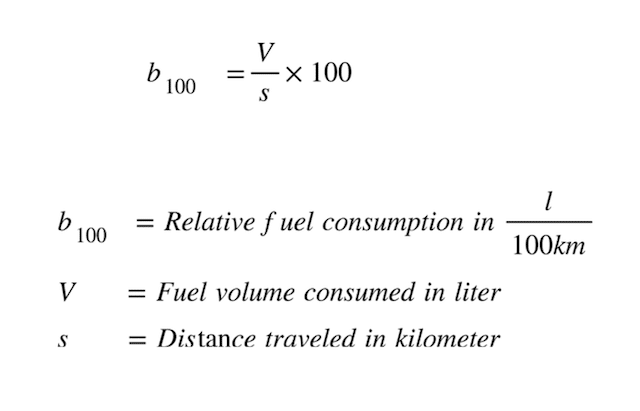
Multiplying by 100 gives numbers before the decimal point.
Otherwise, we would have to deal with 0 and 3 to 4 digits after the decimal point. That would be impractical.
Well, another alternative would be to express fuel consumption in milliliters or shot glasses per kilometer. However, l/100 km is definitely more practical.
The relative, distance-related fuel consumption in l/100km
The relative fuel consumption value is used for planning, comparing, and improving purposes.
It puts the fuel volume consumed in connection to a meaningful comparison value.
By using a common distance as a reference, different values can be normalized and compared with each other. This makes fuel consumption assessable and predictable.
This calculated relative fuel consumption is usually an average value. It includes several unknown consumption values from 100 km each.
You have not only driven 100 km since the last refueling but there were several 100 km intervals between the last and the current refueling.
The relative fuel consumption is the correct basis for comparison. But you have to check if you can use the value calculated! This is especially true for comparisons and conclusions.
The problem is the scatter, which possibly distorts the value. It depends very much on how the input values were determined.
As already written at the very beginning, the calculation of the fuel consumption value is only an intermediate step on the way to the correct result. Therefore, be sure to read the fleet monitoring article!
In the article: “How to assess the distribution of fuel consumption values?”, you can read everything about scattering. If you want to delve a little deeper into the theory, you can do so in the article on the normal distribution.
The article: “How to calculate the average consumption correctly.” deals with the calculation of the final, usable average consumption.
Why relative consumption is a good comparison value.
Let’s look at the case of Eugene:
On the second day, the expected value has not come into reality.
It’s always like that! Fuel consumption values always have a scatter.
Plan fuel consumption.
If you have found the correct relative fuel consumption with fleet monitoring, then you can use this value to plan for tours in the future.
To plan the fuel costs, you multiply the relative fuel consumption value by the planned driving distance, and then you know the expected absolute consumption and thus also the fuel costs.
The “Calculator – planning fuel consumption” is doing just that.
How much CO2 does a truck emit per 100 km?
Since this value is so easy to calculate, I have included it in the consumption calculator above.
This allows you to see the CO2 emissions for your specific consumption directly in the result.
If you want to enter a relative consumption, then enter the value in l/100 km in the field for the consumed fuel volume and set the distance to 100 km.
Calculate The Relative, Distance-Related Fuel Consumption In Miles per Gallone.
Calculator – Relative fuel consumption in miles per gallon
Distance driven in miles:
Fuel Volume used in gallon:
.
Relative Fuel consumption:
0 MPG
The formula for the calculation of relative fuel consumption in miles per gallon.
The distance driven is divided by the volume of fuel consumed.
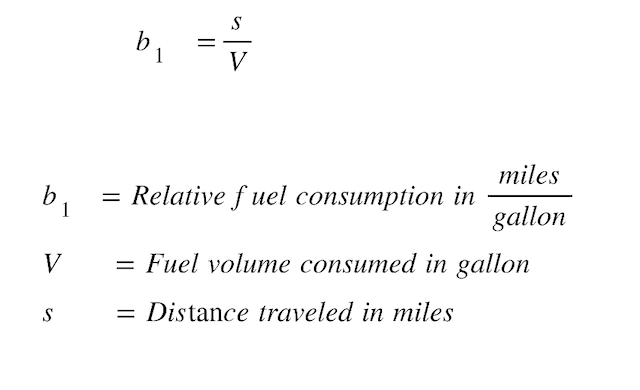
The relative, distance-related fuel consumption in miles per gallon
In the US, Great Britain, Japan, and some other parts of the world, an inverted value is used.
It’s a different perspective on the same problem.
I believe this is a highly practical method for evaluating fuel efficiency.
Knowing the size of your fuel tank allows you to determine your potential travel distance easily using this approach.
The “times 100” trick is not necessary here. With almost 4 to 5 liters of diesel, a truck can drive such a long distance that the value ends up being a number well above zero.
What to look out for when comparing MPG values!
Why do I write 4 to 5 liters?
Now, there are two different gallons. The imperial gallon with 4,54609 liters, and the US liquid gallon with 3,785411784 liters. (Source: Wikipedia)
So, since there are two different values with the same unit of measurement “miles per gallon”, you can’t be sure if the values are comparable.
I love metric units!
If you want to convert from miles per gallon into liters / 100 km or vice versa, you have to differentiate whether you use the imperial gallon or the US gallon. For the US use this link, for the imperial this link.
Once I had an experience.
I rented a car in the US, and of course, I tried to drive in an economical way
The harder I tried, the bigger the fuel economy number on the display got!
I was getting more and more frustrated.
It took me quite a long time to realize that the fuel consumption was in miles per gallon.
The value getting bigger signals that my efforts are successful!
I was not used to this, because for me a larger value usually indicates worse consumption.
Calculate The Relative, Time-Related Fuel Consumption.
Calculator – Relative standstill consumption
Fuel Consumption in liter:
Operating Time in minutes:
.
Relative Standstill Consumption:
0 Liter
Calculator – Absolute standstill consumption
Time in minutes:
Fuel consumption in l/h:
.
Fuel consumed:
0 Liter
The formula for the calculation of relative, time-related fuel consumption in liters per hour.
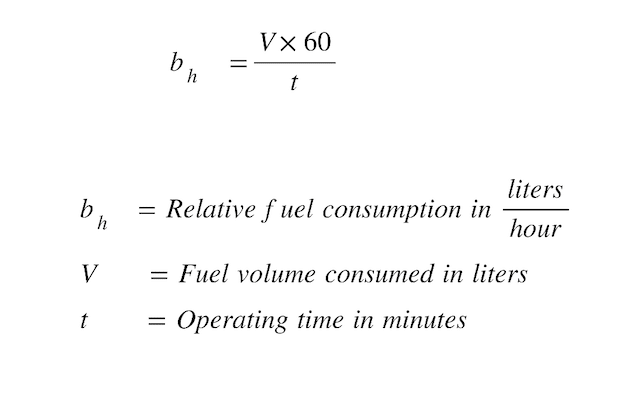
The relative, time-related fuel consumption in liters per hour
If the vehicle is operated at a standstill, the fuel consumption is related to the operating time of the engine.
The unit of measure is liters per hour.
When you calculate your distance-related fuel consumption from the volume of diesel you have filled up, you are very likely to mix in the stationary consumption.
Usually, it’s not possible to distinguish when refueling, how much of the consumed fuel volume was used while driving, and how much while idling.
If it’s only about idling consumption, then that might be fine.
However, it’s different if your truck is a working machine. In that case, it makes sense to know the standstill consumption separately.
For some vehicle types, the stationary consumption can be read separately in the display.
The idle consumption
A typical use case for this calculation method is the idle consumption of the engine.
Idle consumption is critical in two respects.
- If the engine runs at idle speed without having to deliver work, the efficiency is zero. This means that energy is uselessly converted into heat.
- In EcoRoll mode, the engine runs at idle to drive the auxiliary consumers. The idle consumption reduces the consumption savings here.
How much is the idle consumption of a truck?
Idling consumption depends on various factors. The main factors are the power consumption of the auxiliary consumers driven by the engine and the operating temperature of the engine.
The simplest, most reasonable and most practical way for everyone to reduce idle consumption is to switch off the engine when the vehicle is stationary.
The question of why no truck manufacturer turns off the engine during Eco-Roll will be thoroughly addressed in an article. If you’re interested, you can read it for more information.
The standstill consumption
If your vehicle is a working machine, then you definitely need to calculate the stationary consumption separately.
A typical working machine is, for example, a concrete pump.
A truck with a loading crane is an example of a combination of a vehicle and a working machine.
Both types of vehicles are operated for long periods at a standstill and consume significant amounts of fuel in the process.
Here it makes sense to know and optimize this consumption.
How to determine the stand consumption.
It is often not so easy to get information from a manufacturer about the stand consumption.
But you can measure it yourself.
The procedure is similar to the consumption measurement drive method.
You have to be very pedantic here to get a correct value.
If you have any questions about this, write me and we’ll look at it together.
The Specific Fuel Consumption
The formula for the calculation of the specific fuel consumption.
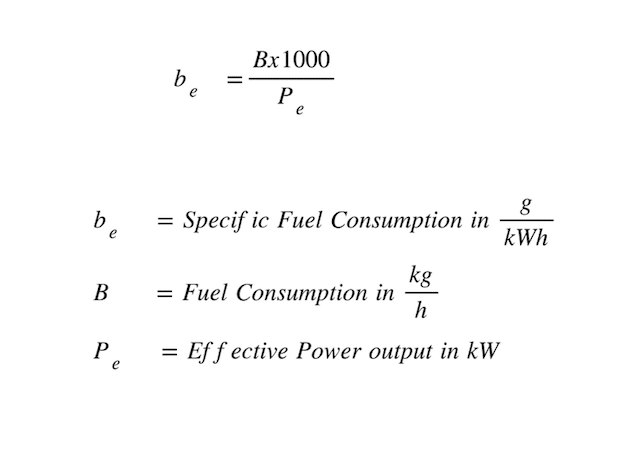
The unit of measurement is g/kWh.
Specific consumption describes the fuel efficiency of internal combustion engines.
The specific fuel consumption correlates the fuel consumed to the work output.
This value basically describes the efficiency of an engine.
Above the fraction line is the energy that is fed into the engine. (Chemical energy in the form of fuel)
To ensure that the energy is really used as the input value, the fuel mass is used here. It correlates directly with the chemical energy.
The amount of fuel volume consumed not only depends on the energy content but also on density, which is, in turn, influenced by temperature. This complexity is avoided by using the fuel mass.
Under the fraction bar is the submitted work.
So the energy in through work out = efficiency.
This value is the hot topic of conversation among engine developers and thermodynamicists. This is where they live out their ambition.
How is specific fuel consumption determined?
I don’t have a calculator here because this value is measured on an engine dyno and the engine dyno software outputs this value directly.
You see in the formula that on the test bench the power output of the engine is measured.
In conjunction with the fuel mass per unit of time, this then results in the desired efficiency value.
Usually, the specific fuel consumption is not communicated as a single value, but as a diagram with multiple values for different operating points of the engine.
This diagram is called a shell diagram. Click the link to see a picture of such a diagram.
The lines, giving it the shell look, represent lines of the same specific fuel consumption. (The pressure value on the y-axis correlates with the engine torque. Don’t be confused. It’s the small p for pressure, not the capital P for power.)
The specific fuel consumption map of an engine is very important information for engineering smart driving and engine control strategies.
Therefore, it is used very frequently by the engineers of the vehicle manufacturer.
In the daily operation of a truck, it is not so commonly used.
Conclusion
If you have any questions or need help, write me and I will try to help you.
Please be sure to write me if you find any errors that I need to correct.
I exclude any liability for the correctness of the result.

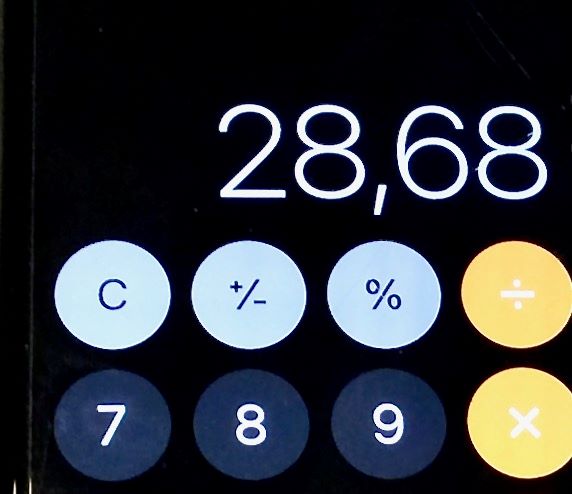
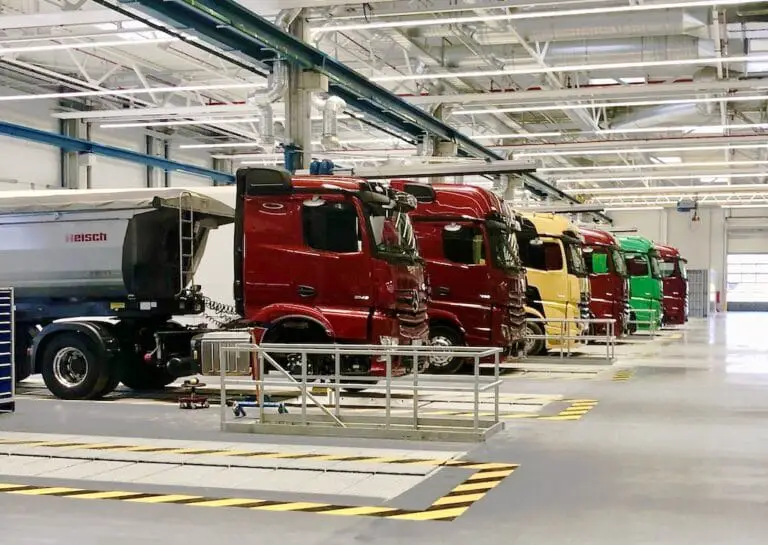
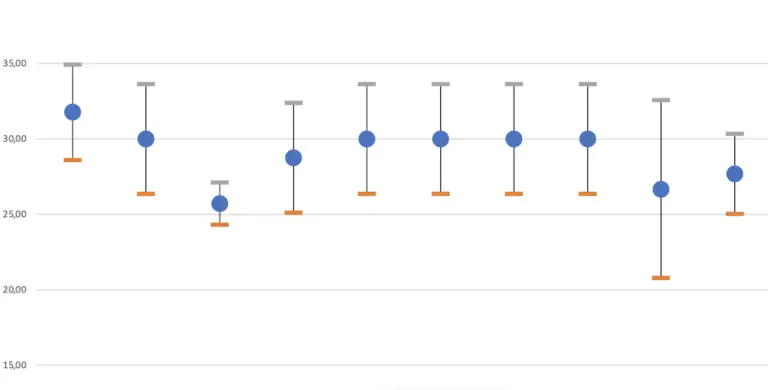
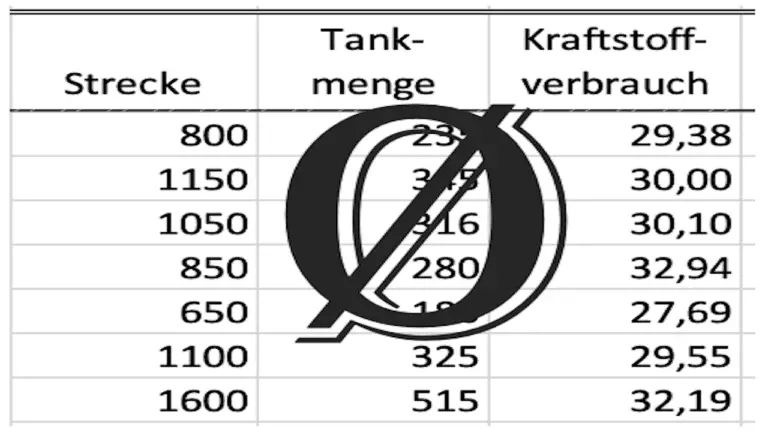
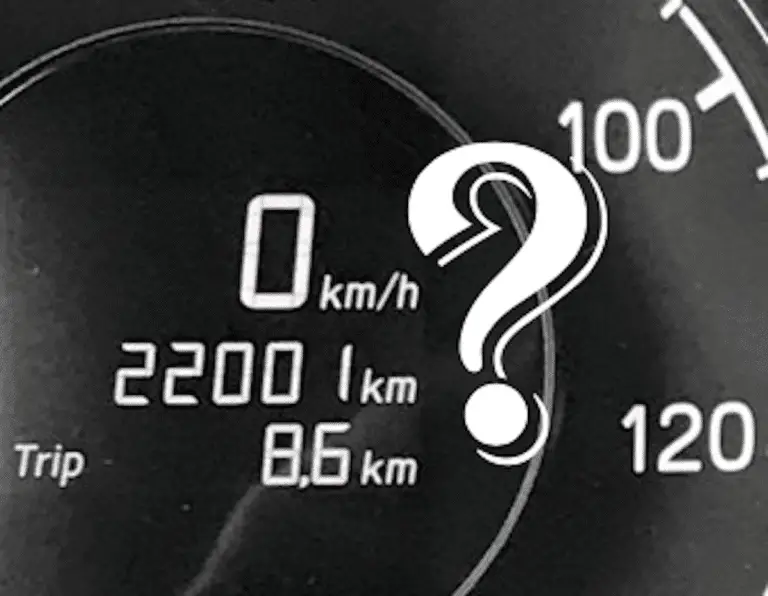
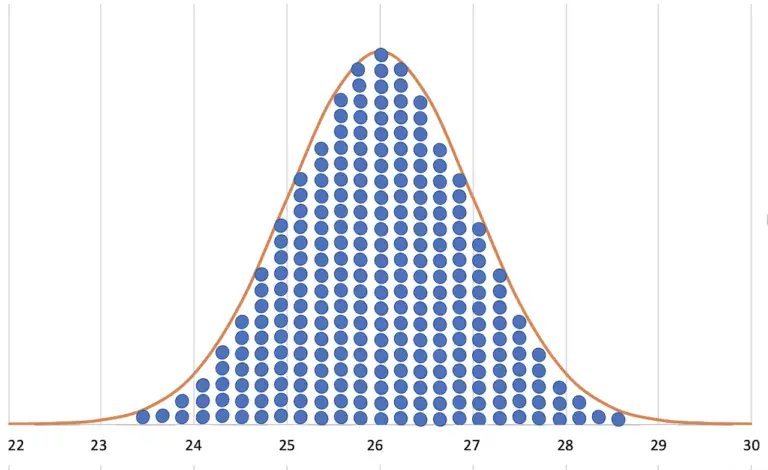


Thanks, I’m glad you like it.
It’s interesting to know that fuel consumption tends to be expressed through charts and not just a single value. I’d like to find a good fuel analysis service because I want to be able to work on being more mindful of the fuel requirements of certain vehicles. That way, it will be easier to plan out the truck fleet that I will be having in the future.